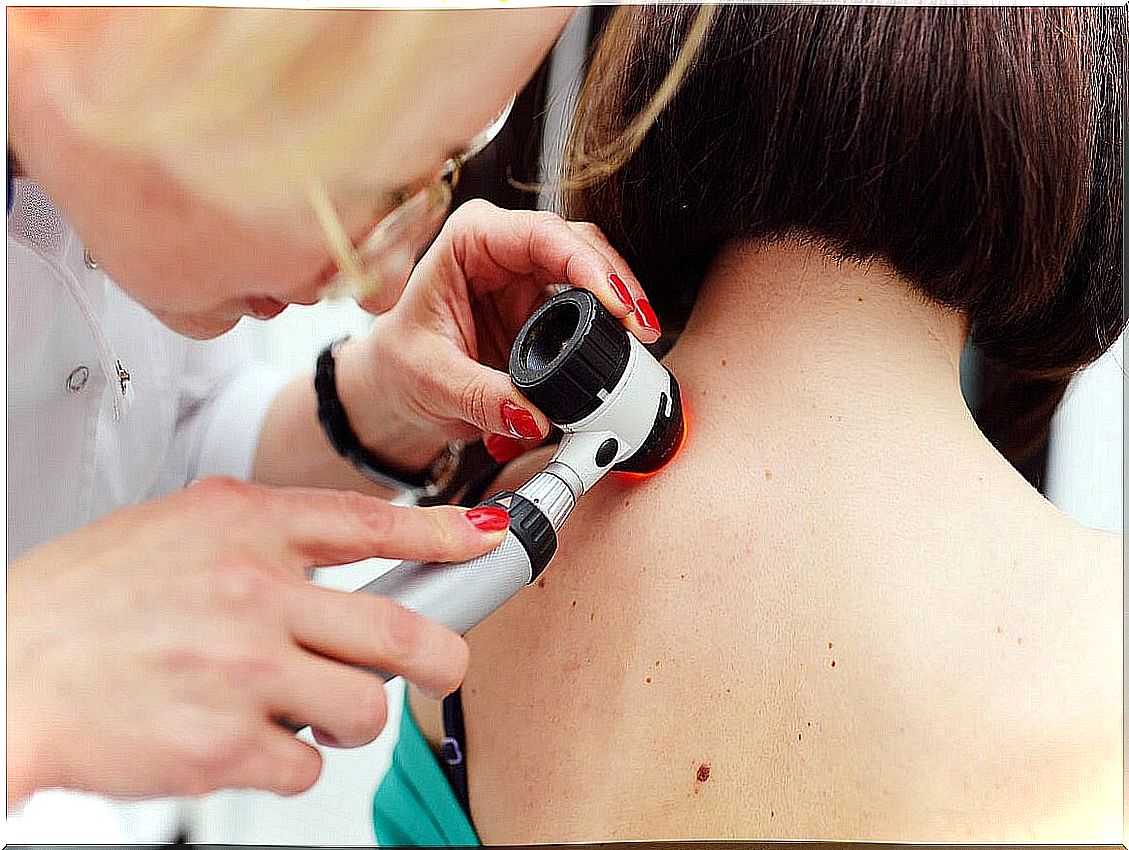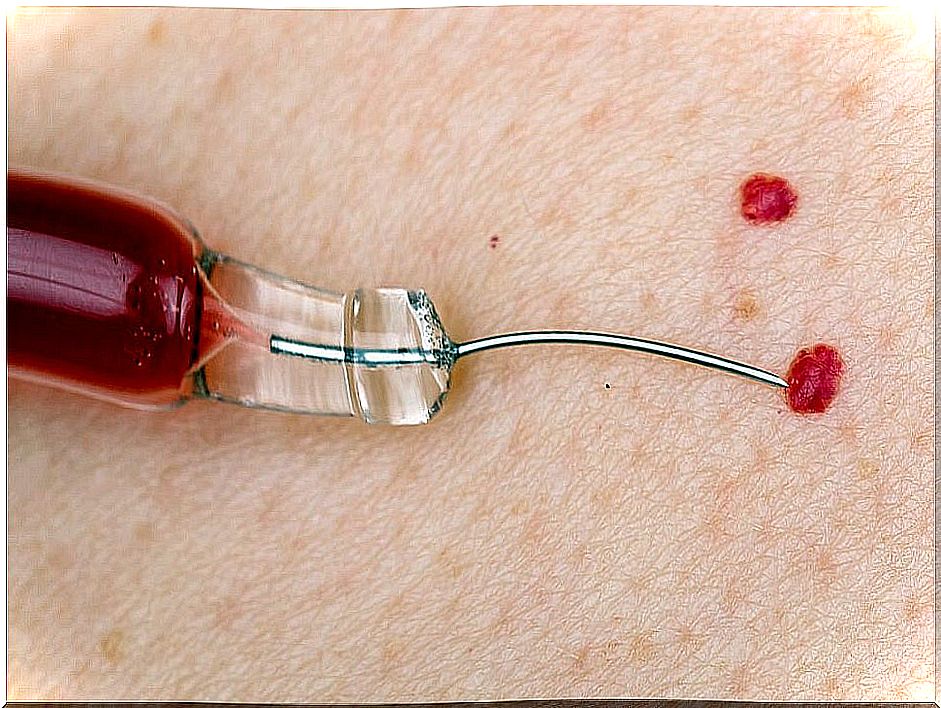What Is A Venous Angioma?
An angioma is an injury to the blood or lymphatic vessels. The word “angioma” is a generic way of encompassing several vascular anomalies, which can have different origins and characteristics, therefore, there are different types of angiomas.
In this article, we will focus on venous angiomas. Also known as a “developmental venous abnormality,” a venous angioma is a congenital vascular malformation. It is considered to be a developmental disorder that persists into adulthood.
Possible causes

The origin of venous angiomas is not yet known with certainty. Although there are currently three main hypotheses about the causes of this anomaly:
- They can be produced by the formation of a blood clot in the drainage vein located in a specific part of the brain, which would cause compensatory mechanisms by opening embryonic venules that flow into a central trunk.
- Other authors suggest the existence of an accident during the formation of the medullary veins (they drain the medulla) and the tributaries (they flow into other veins).
- Finally, there are those who point to the formation of venous angioma due to an alteration during pregnancy. That would be the reason why compensating drainage systems would be produced.
Symptoms
Generally, venous angiomas are asymptomatic, that is, they have no noticeable symptoms and are benign. However, there are times when this condition can lead to specific symptoms and even develop secondary complications.
With regard to cases in which symptoms occur, the most common is that venous angioma produces headaches and seizures. Since these symptoms can be the result of other pathologies, they cannot always be attributed to the radiological findings of venous angiomas.
Also, there are people who can develop brain lesions as a result of a venous angioma. In these cases, the person may experience gait disturbances and even ataxia (loss of control of the muscles in the extremities). As a consequence, venous angioma would be considered a cause of brain injury.
Another complication related to venous angiomas is a draining vein thrombosis. This can cause a venous infarction, although it is rare. In addition, there are studies that indicate the relationship between venous angioma and cavernous malformation.
Diagnosis

Venous angioma can be diagnosed in two ways:
- When the person undergoes radiological studies due to another type of condition. That is, through an incidental discovery during imaging of another injury.
- During an autopsy, when the relevant tests detect the presence of venous angioma.
Among the tests that can be performed to diagnose the abnormality of the blood vessels they are:
- Computed tomography (CT ): Although there are times when a conventional CT does not produce adequate images of venous angiomas, the new high-definition CT scans this problem.
- Computed tomography angiography (CTA ): This test is a variant of CT that uses an angiography technique to visualize the flow of arterial and venous vessels in the body. This technique is effective in detecting angiomas.
- Magnetic resonance imaging (MRI).
- Magnetic resonance angiography (MRA).
- Conventional angiogram.
Negative consequences of venous angioma
Although venous angiomas are usually benign, there are cases in which they can report negative consequences to the affected person.
Among the main consequences is the development of intracranial hemorrhage. Bleeding occurs due to a narrowing of the injury drainage channel, causing a temporary increase in pressure in the veins that drain blood.
In addition, the most dangerous thing about a venous angioma is the role it plays in the generation of other types of vascular malformations such as cerebral cavernous malformation, which causes hemorrhages, epileptic seizures or focal neurological symptoms.
Finally, related to venous angioma is arteriovenous malformation, produced due to an abnormal connection between the veins of the brain and the arteries.
Treatment of venous angioma

Because venous angiomas are generally benign, conservative treatment is often used. That is, watch and wait to see how it evolves. In reality, in most cases this condition does not usually require treatment.
In addition, as it has the function of draining the blood, in no case should this type of injury be irradiated or excised. Cases in which it has been removed during surgery have caused a venous infarction and death in the patient.
Finally, radiotherapy is not recommended to treat venous angioma since it can induce a thrombosis generating serious alterations in the venous drainage of the affected brain region.









